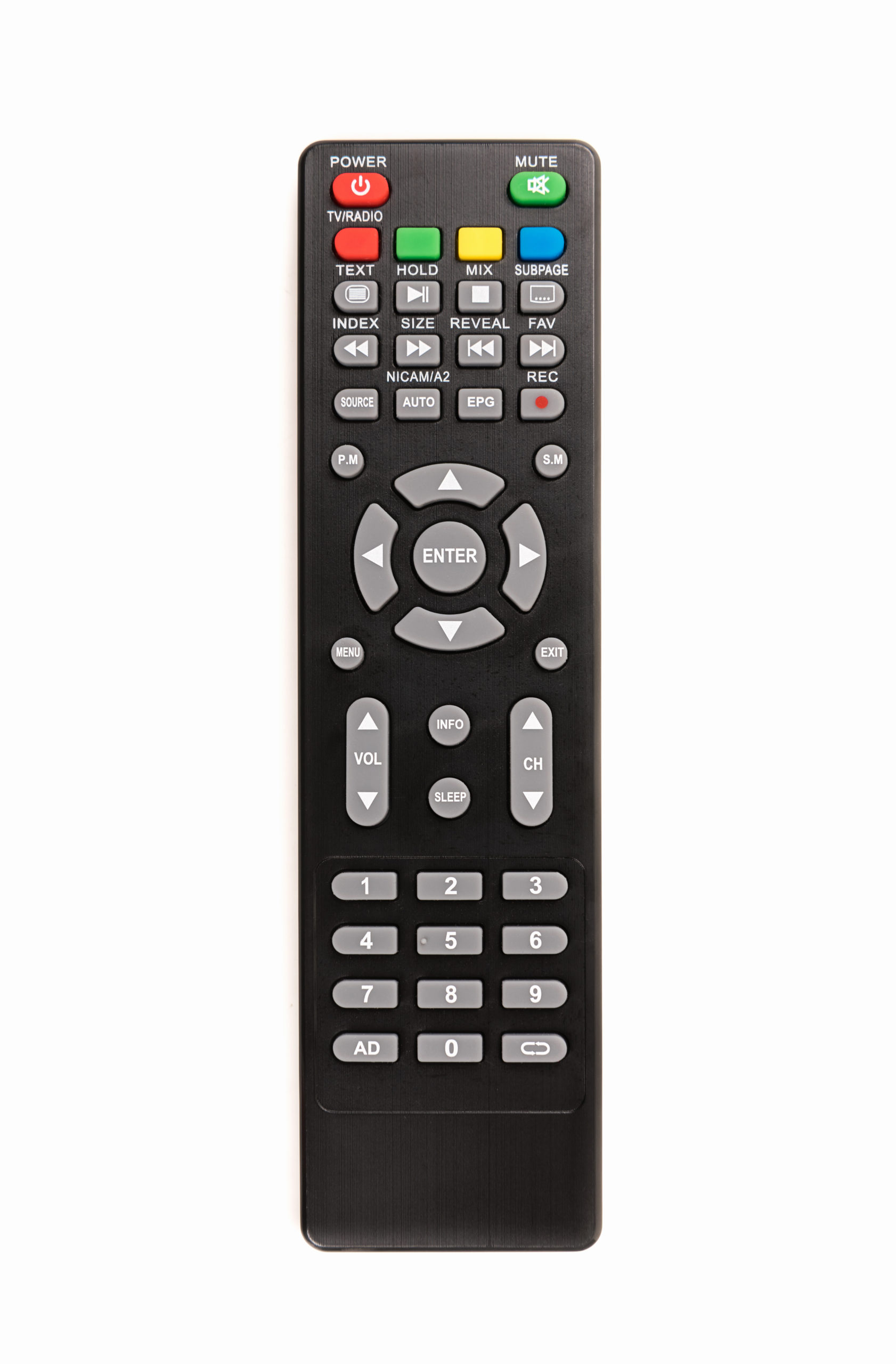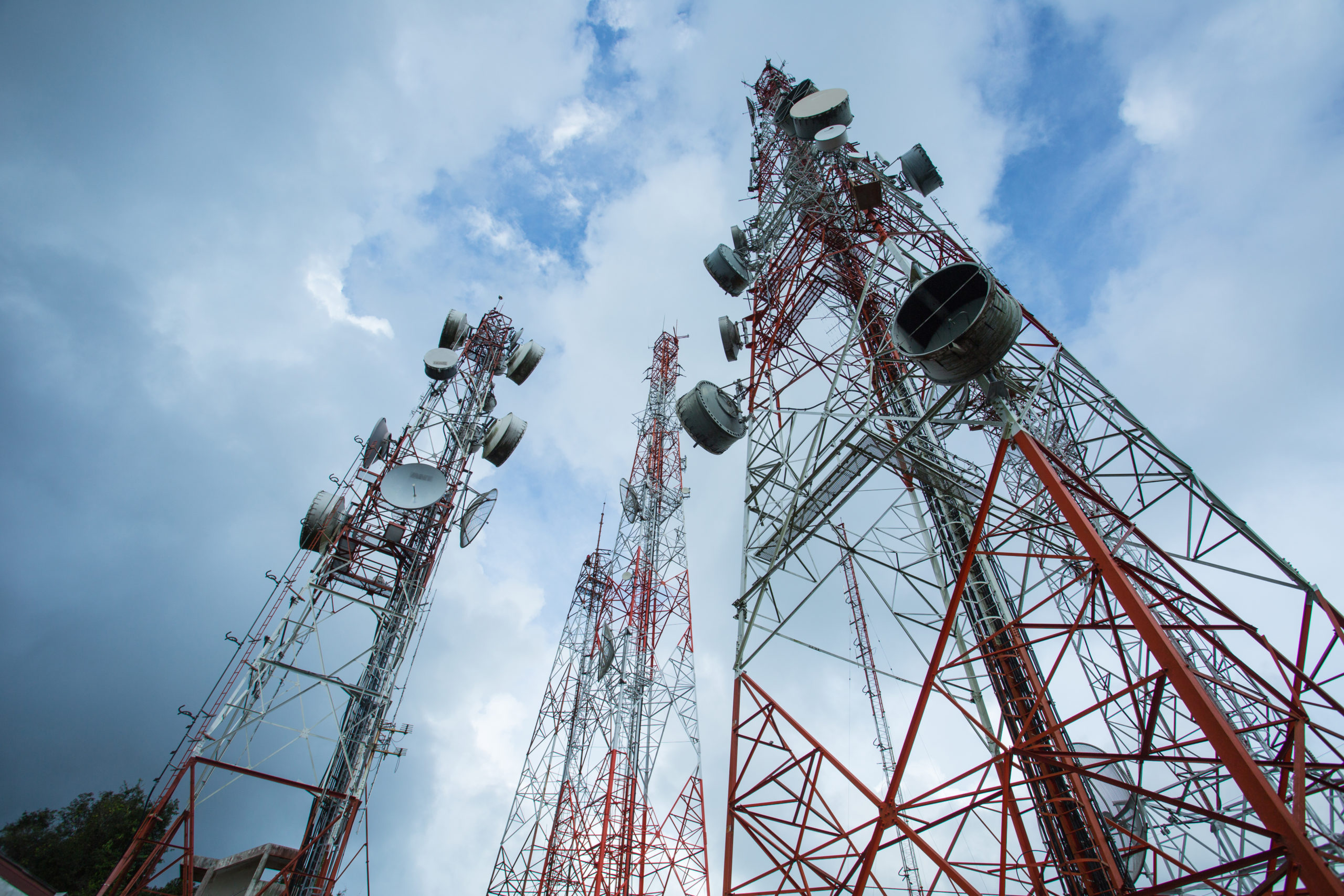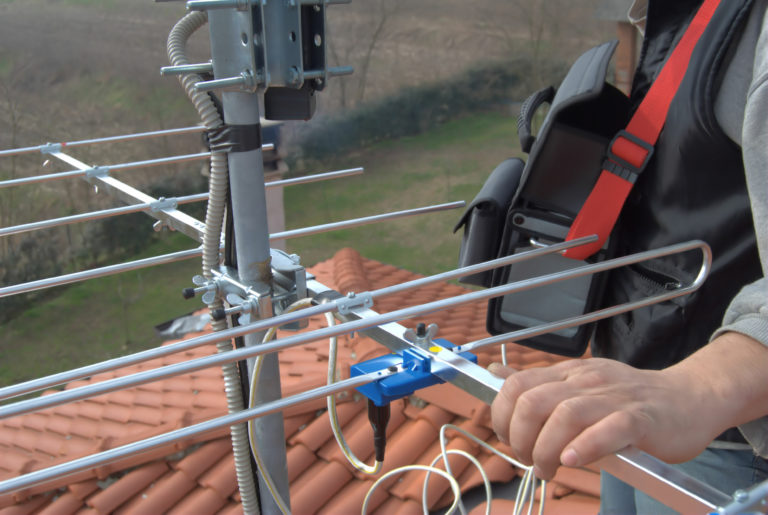Realizing you can watch dozens of TV channels — including the major broadcast networks and PBS — in gorgeous high definition is a beautiful thing.
You of course need a TV and an over-the-air antenna (check out our recommendations for the best antennas for various living situations), which you can use one of our handy installation guides to set up either indoors, outdoors or in the attic for the best reception in your area.
Once your antenna is properly situated, aimed and hooked up to your TV, you might have switched on the tube and been disappointed to see nothing but a blank screen. That’s because the final step is to scan for channels.
![]()
While the antenna’s job is to bring in the signals that over-the-air broadcasters in your area are emitting, it’s your TV’s job to actually turn them into something that can be watched. However, the TV can’t do that until you’ve scanned for channels. Luckily, this is arguably the easiest step of the entire operation and requires just a few button taps on your end.
How To Scan For Free TV Channels
Virtually every TV you can find going back decades has a tuner and channel-scanning function built-in, even the ancient square-shaped, non-HD one that you might still have hooked up to a VCR somewhere. Every TV model might have slightly different steps that will take you to this function but they are pretty similar across the board, so we’re going to give you some general directions that should work.
Press the Menu button on your remote control (it may also be called Settings or Setup), or manually work your way into the menu using the button that is built onto your TV (usually it’s on one of the sides or built covertly into the bottom edge). You may then need to go into a sub-menu titled Broadcast or Live TV.

From here, you’ll want to look for a function that’s titled Channel Scan, Tuner, Autotune, Autoscan, Rescan or something similar. If you’re having trouble finding that option, you might have to go into another sub-menu called Antenna or Channels. We promise, it’s there somewhere, and if you need to consult your TV’s manual but threw it out long ago, simply run an online search for your model’s manual or check for it at Manuals Online.
Once you’ve found the option to scan for channels, run an automatic scan, which will make your TV run through all the possible digital channels on the “dial.” The entire scan may take a minute or two but once it’s done, you should have at least a few channels to choose from when you use your remote to scroll through them.
Digital TVs — which is almost surely what yours is — will often only let you scroll through the channels for which your antenna has picked up adequate signal strength. Depending upon whom you ask, this is either a handy time-saver or an annoyance because it won’t give you hints to the channels you’re almost picking up like the good old analog TV sets would, instead just skipping them entirely.

After you’ve run your channel scan, you might be totally satisfied with the number of networks you can now watch but there are free tools that will help you see how many others you may be missing. For example, the over-the-air antenna manufacturer Mohu offers a comprehensive feature that will list the broadcasters and digital subchannels for any location you search for on its map.
If you see stations listed there that you aren’t getting, you may want to adjust your antenna or wait for a clear-weather day and run the scan again. You also have the option on many TVs to run a Manual Scan that lets you input the precise channel number you want to reach and scan for it.
When To Rescan
Anytime you move your antenna, you’ll want to run another automatic scan to see if it improved or hindered the reception you’re pulling in. However, that’s not the only time you should rescan.
Even if you’re getting great reception, Consumer Reports used to recommend that antenna users run a routine rescan about once a month, as many broadcasters were forced to change their frequencies in the last decade. Rescanning that frequently is no longer necessary but it’s still a good idea to do it from time to time as new digital subchannels pop up with regularity these days.

It’s always exciting to run a scan and find out that you’ve got a new channel or two to add to your built-in guide.




